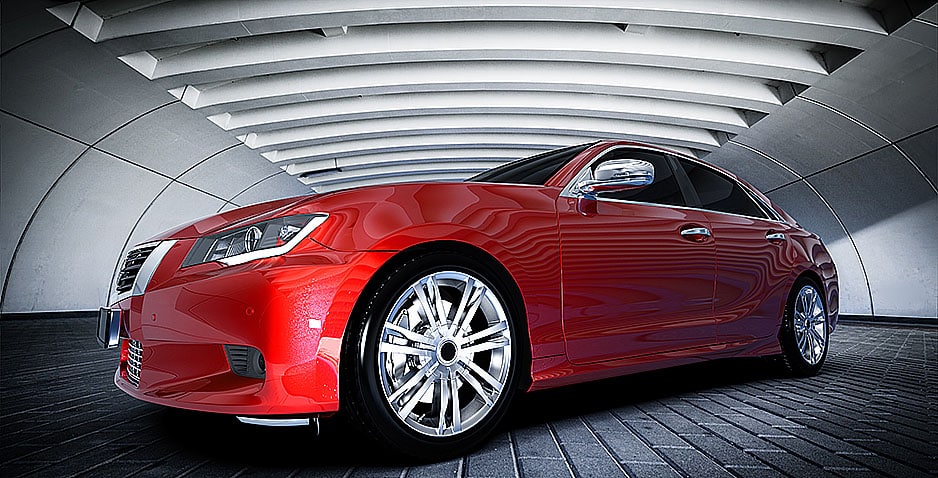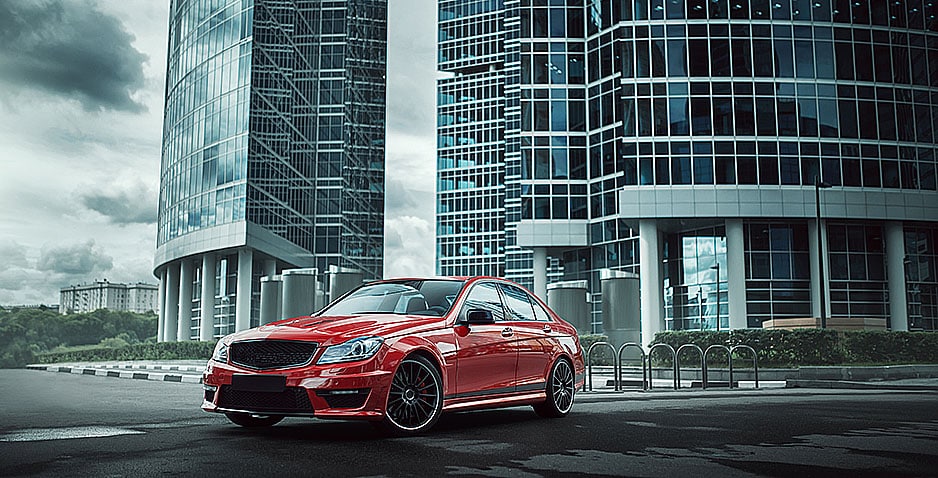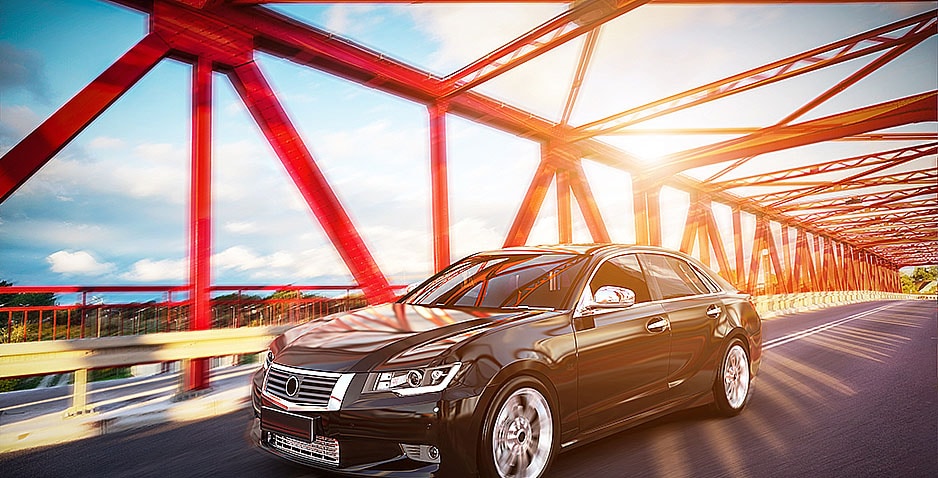Car window tinting is used for several reasons, including reducing heat transfer through glass, preventing glare, and protecting against UV rays. They also offer privacy and security in cars. Sometimes, it can be overwhelming to choose a solar film in the market. After all, there is a sheer number of choices available.
Choosing the right car window tints
There are many different types of car window tint available today. So, which one should you choose? In this article, we list down all the most commonly available car window tints and help you choose one based on your requirements.
Low-E Glass
Low-E (low emissivity) glass has an index of less than 1.5. This means that it reflects infrared radiation back into space rather than absorbing it. It does not affect visible light transmission.
High-E (high emissivity) glass absorbs more infrared energy than low-E glass. It will reduce the temperature inside the vehicle by up to 20 degrees Fahrenheit. However, high-E glass reduces visible light transmittance.
High-E Glass
Low-E glass is the standard type of car window tint. It is used because it provides both protection against heat gain and glare reduction.
High-E glass is often used as a secondary layer of protection. It is designed to provide additional protection against heat gain and reduce glare.
Reflective Film
In addition to low-E and high-E film, there are also films with no tint at all. These films are called clear films. They do not block light and allow more natural light into the vehicle. However, they do not offer any protection against heat gain or glare reduction.
Reflective films reflect light back into the interior of the vehicle, while others block harmful UV rays from entering the car. Some films are designed to reduce heat transfer through windows, while others help prevent fogging inside the car. And some films are designed to protect against damage caused by road debris.
Dual-Layer Films
You can also find single-layer films and dual-layer films. Single-layer films are usually applied to the outside of windows, while dual-layer films are placed between the glass and the film itself.
Dual-layer films are made up of two layers of material. One layer is designed to reflect light while the other blocks UV rays. This combination allows dual-layer films to provide both privacy and safety.
The most common type of dual-layer film is called a laminated film. Laminated films consist of two layers: one that blocks light and one that reflects light.
Solar Control Films
Solar control films are used to reduce heat gain through windows. They are also known as solar shading films because they help block sunlight. These films are typically installed by professionals at an auto glass shop. They block both UVA and UVB rays from entering the vehicle. These films are usually applied to the rear windows of vehicles, although some manufacturers offer them for front windows as well.
What makes a good car window tint?
Good auto glass tints have all the above-mentioned features. They not only give you privacy, but also protect you from the harmful UV rays of the sun. This is hallmark of the more premium films out there.
Now that you know everything about car window tinting, what are you waiting for? Reach out to window tint shops Springfield near you and ask for premium quality tints. Choosing a good installer is critical because higher quality installations tend to last longer. They will not yellow out with time and will make your car windows look as good as new. For maximum protection, you may want to go with metallized tints that are shatter proof.



